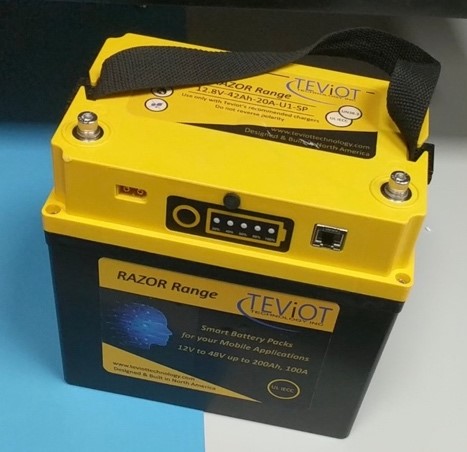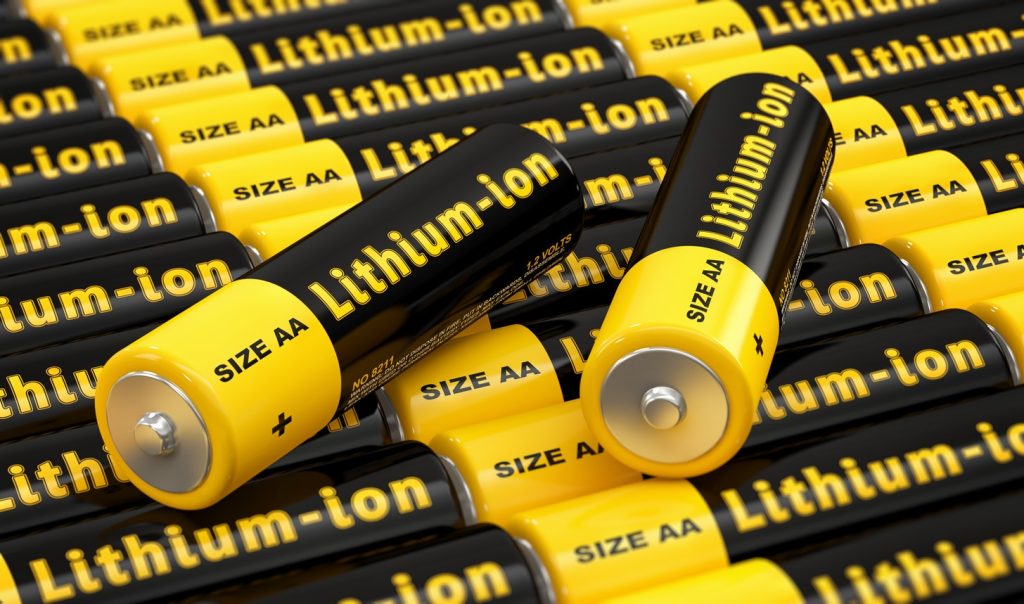
Battery technologies are suitable energy storage systems in various types of vehicles, but they play a key role in the case of electric vehicles.
The technologies behind their operation are constantly evolving, and different types of batteries differ from each other in their application and technical characteristics.
Learn about the types of batteries for electric car battery technology.

Lithium-ion battery technology is the most widely using.
Among the existing battery technologies, the lithium battery pack for cars is now the most common (it is denoted for brevity by LIB – Li-Ion Battery).
The reason for the advantages of characteristics:
- the energy density (powers a tiny smartphone up to two days);
- discharge power (suitable for traction batteries of electric vehicles);
- Coulomb efficiency (gives off energy, how much it takes);
- service life (holds from 500 charge-discharge cycles).
Electric vehicles, portable and flexible electronics, as well as stationary devices (industrial, medical, infrastructure) are now equipping with Li-ion batteries.
Now on the market, there is a huge variety of Li-Ion batteries of various brands, both with protection and without.
The explosive growth of their popularity occurred in 2008-2010 when a large number of powerful LED lights appeared on the market in foreign online stores.
But, it is worth recognizing that, so far, for most users, this type of battery is quite new and unfamiliar.
In order not to get confused in all this variety, we want to give you some tips to help you decide what kind of lithium battery you need (protected or unprotected) and how not to buy frankly low-quality goods.
Due to Li-Ion technology, batteries have a number of limitations that must be observing during operation.
This:
- maximum voltage (overcharge voltage) should not exceed 4.25-4.35V
- minimum voltage (over-discharge voltage) should not be lower than 2.2-2.5V
- the discharge current should not exceed 2 times the value of the capacitance (2C): i.e. for a battery with a capacity of 2200mAh, the maximum discharge current should not be higher than 4400mA, and the owner of a capacity of 3100mAh can be safely discharged with a current of up to 6200mA.There are special types of high-power Li-Ion batteries that are designing to work with high discharge currents, exceeding their capacity by 5-10 times.

What type of battery is using in electric vehicles?
The use of a particular element depends not only on its performance but also on the type of vehicle.
In the case of all-electric vehicles and plug-in hybrids that can be charged from an outlet, we are usually dealing with lithium-ion batteries.
Traditional hybrids use mostly nickel-hydride batteries.
The greater contribution of the internal combustion engine to the operation of the vehicle allows for a higher level of energy loss when it is not in use.
It should also be remembering that in the case of hybrid vehicles, the elements do not operate at maximum load for a long time.
Electric vehicles are much more efficient than internal combustion vehicles. The cost of electricity is in most cases significantly lower than the price of fuel needed to travel a similar route.
The most efficient solutions on the market currently allow you to cover a distance of about 500 km on a single charge.
Lithium-ion battery.
Popularity and ability to perform at a high level. Those who asked about electric car batteries at least one time, definitely know about lithium battery packs for cars.
They have made the greatest contribution to the advanced development of the electric power sector in recent years.
They are distinguishing by their efficiency, low cost, and excellent performance in relation to the elements’ weight.
Consider 3 parameters: the size of the battery, the ratio of mass to the amount of stored energy, and a price.
Many household products, such as phones, computers, and vacuum cleaners, use lithium-ion batteries.
Nickel metal hydride battery.
These are unique battery cells with chemical and physical properties that are relatively uncommon.
Hydrogen is a raw resource that necessitates extra caution. When the battery is not in use, it loses energy, but this is offset by the lengthy battery life.
Specialized products, such as medical equipment, require nickel-metal hydride batteries. These kinds of solutions have high production costs.
Lead-acid batteries.
Low life and impressive power. This category of batteries has excellent power parameters.
However, in an electric car, a solution that is highly efficient even at low temperatures, when such batteries do not function well, is requiring.
While typical automotive batteries experience a decline in these conditions as well, lead-acid cells fare the worst. Low cost and dependability are two of their advantages.
Condensers with a lot of power.
Supercapacitors or ultracapacitors are primarily using to provide the require power supply in the event of a temporary power outage.
For this reason, when they need more power, their role becomes like providing more power for electric vehicles.
Electric vehicles employ rechargeable batteries, which are making up of many cells that may be charge at the same time.
You can achieve better results than single cells by combining the capabilities of supercapacitors with lithium-ion and nickel-metal hydride batteries.
Lithium-ion batteries, which are most typically using in electric vehicles, currently dominate the automobile industry.
So, due to the parameters describe above, the lithium-ion battery is most commonly use. Moreover, the technology are associateing with these elements is still evolving.
Leading suppliers are working to break down further barriers to a range of vehicles that use this type of battery as an energy source.
What do we call a battery?
A battery is a galvanic cell or accumulator that is using to power various devices autonomously (independently).
The battery is, in fact, a current source.
A circuit consisting of an anode and a cathode submerging in an electrolyte is housed inside the sealing shell.
Between the anode and the cathode (poles), as a result of chemical reactions between heavy metals and alkalis, a potential difference arises – voltage.
Remember that maintaining the health of the planet and future generations is the responsibility of each of us.
Do not overlook the importance of safe battery disposal; play a personal role in the preservation of the environment and your own health.


